How to Shoot Great Landscape Photography with Your iPhone

About Jack Hollingsworth
Jack Hollingsworth, a denizen of Austin, TX, is an award-winning, 30-year career veteran in commercial photography. Jack has fallen in love with his iPhone camera as his primary capture tool. He is also an avid Camera+ devotee and has been since day one. He deeply believes that, when all is said and done, the iPhone may just be remembered as the most influential capture device ever in the history of photography.
Who doesn’t love photographing nature… yes, even with your iPhone? It’s one of my favorite things to do!
Capturing the beauty in nature isn’t always as easy as it sounds. As a matter of fact, shooting landscape photography properly is one of the most difficult genres out there. For one, our eyes have much greater resolving power and contrast range than do our tiny smartphone sensors and lenses – thus, what we see with our eyes, is not always what we’ll get with our camera phone.
That said, here’s a few basic tips to help you maximize your mobile landscape photography:
Time Of Day
I know this may sound obvious to many of you reading this post, but the best time for landscape photography is early in the morning or late in the afternoon when the sun is low on the horizon and shadows dance across the subject. This means making sure you are where you need to be when the light is sweet. It may mean getting up earlier or staying late. It most definitely means making your landscape photography intentional rather than casual.

Single Point of Interest
This principle is so darn hard for those new to mobile photography, but it is so important! What you’re trying to create is a single point of interest in the photograph. Your goal should be to provide a natural path for the eye to browse the photo and fixate on what is most important.
Many photographic landscapes have way too many competing points of interest… so many that, as often is the case, the viewer has no idea what to look at.

‘Angle Of View’ (AOV)
In terms of landscape photography, when I talk about ‘angle of view’, I’m talking about the angle of the camera to the landscape you’re shooting. The relationship between the camera and subject provides the emotional ‘oomph’ to the photograph. The more extreme the angle, the more symbolic and interpretive the shot becomes.
I like to think of camera angles more like a filmmaker would:
BIRD’S EYE VIEW
This shows a couple of scenes from directly overhead.
03.1 birds eye view
HIGH ANGLE
This is not as extreme as a bird’s eye view and generally is used to make a subject or scene appear ‘smaller’ or less significant.

EYE LEVEL
This is how most of us shoot.

LOW ANGLE
This might be where you put the smartphone right on the ground and pull in foreground elements and textures to help frame the shot.

Deep Focus
The cool thing about using the iPhone camera in landscape photography is its ability to maintain ‘deep focus’. In other words, in bright light, it can hold a deep focus on foreground, midground and background. The fixed aperture on and iPhone 5x is f2.2 in bright light, it is the equivalent of shooting at f22.

Open vs. Closed Landscape
A big decision you’re going to have to make when shooting most landscape photography, is whether you want to ‘open’ or ‘close’ the landscape. An ‘open’ landscape means you accentuate the sky relative to the subject. A ‘closed’ landscape means the opposite – you crop to minimalize the sky.
In full bright light, I generally aim to ‘open’ the landscape as much as possible so I can include blue skies and white clouds. When the weather is less ideal, I have a tendency to ‘close’ the landscape and neutralize the sky. I do this, generally speaking, because the exposure values of the sky/clouds to the subject are beyond the contrast range of the mobile sensor and lens in my iPhone 5s.
05 open vs closed landscape
Style: Representational vs. Abstract
Most landscape photography is ‘representational’ – straightforward, documentative, literal. Still, others prefer a more ‘abstract’ look and feel. Abstract photography, within the landscape genre, captures natural objects without depicting them realistically. This emphasizes the ‘context’ of the photograph – colors, tone, shape, texture – with less on the ‘content’.
06 representational vs abstract
Digital Files Need Help!
If you have been shooting digital photography for any length of time, you know full well that images, right out of our camera, are often bland and unimaginative. Sometimes all you need in your landscape photography is a touch of filter magic, either at full intensity or scaled back.
Framing
‘Framing’ is a photographic technique used by many landscape photographers to help focus the viewer’s attention on the main subject. The frame can be natural or man-made, and it also can be ‘in focus’ or ‘out of focus’, depending upon your preference. Framing can often make a simple landscape subject more aesthetically pleasing and will add both depth and scale to the overall image.

Rule Of Thirds
My ‘rule of thirds’ grid is almost always permanently on when I am shooting with my Camera+ app. I use it constantly. The ‘rule of thirds’ is a composition guideline that divides the viewfinder into nine equal parts – 2 equally spaced horizontal lines and 2 equally spaced vertical lines. Important composition elements should be placed upon these lines or their intersections.

6 Comments
Leave a Reply
Featured Posts
-
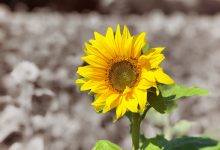 Camera+ 10 arrives with full depth support, HEIF, accurate viewfinder and smiles!
by Pedro Cuenca
Camera+ 10 arrives with full depth support, HEIF, accurate viewfinder and smiles!
by Pedro Cuenca
-
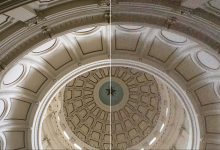 A Beginners Guide for Manual Controls in iPhone Photography: ISO
by Jack Hollingsworth
A Beginners Guide for Manual Controls in iPhone Photography: ISO
by Jack Hollingsworth
-
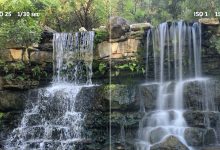 A Beginners Guide for Manual Controls in iPhone Photography: Shutter Speed
by Jack Hollingsworth
A Beginners Guide for Manual Controls in iPhone Photography: Shutter Speed
by Jack Hollingsworth
-
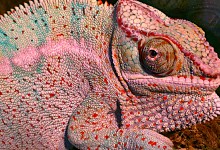 How To Shoot Close-Up and Macro Photography With Your iPhone
by Jack Hollingsworth
How To Shoot Close-Up and Macro Photography With Your iPhone
by Jack Hollingsworth
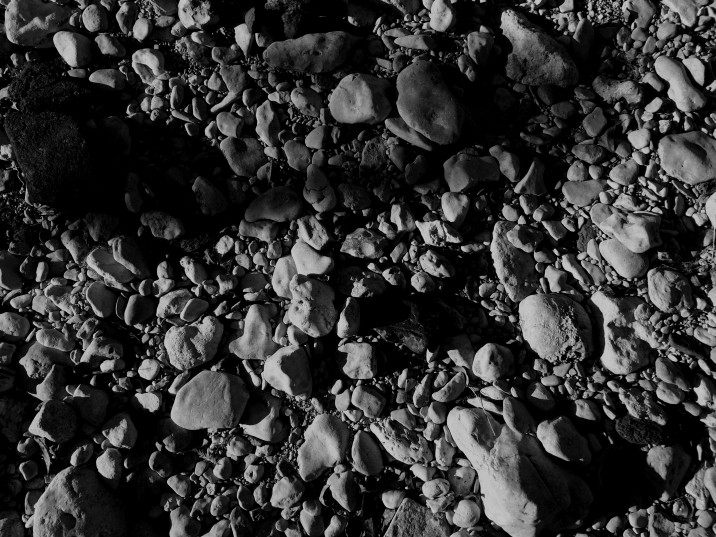
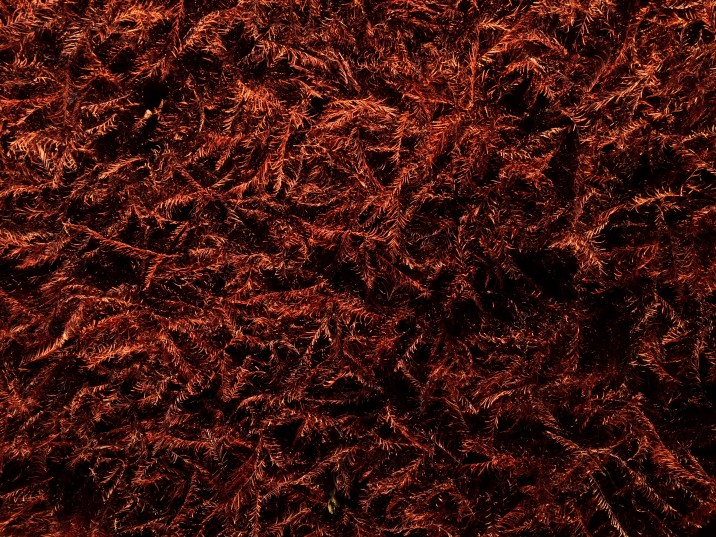
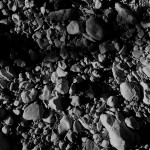
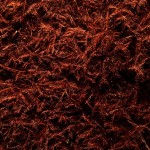
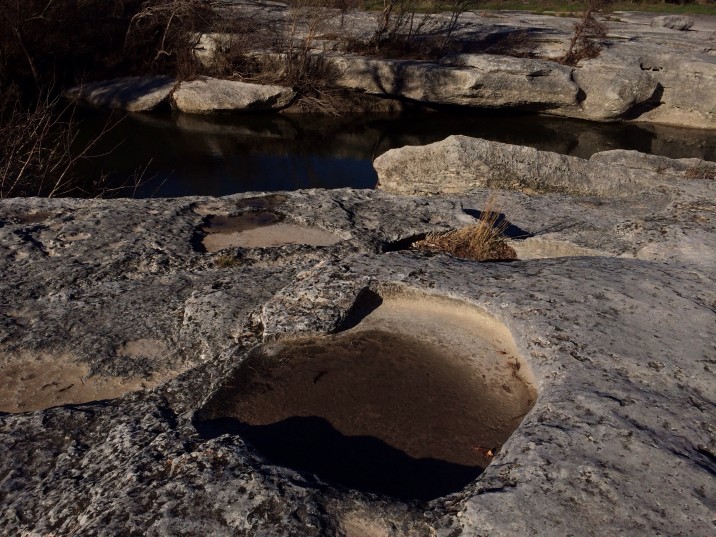
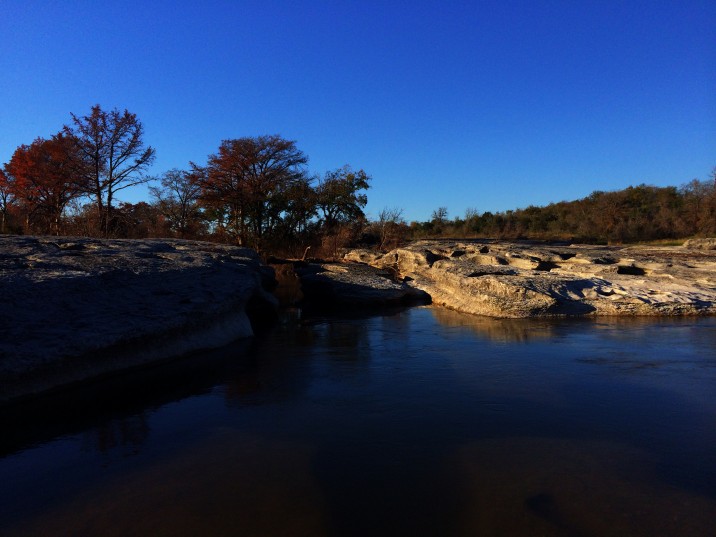

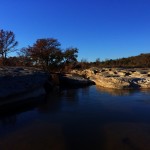
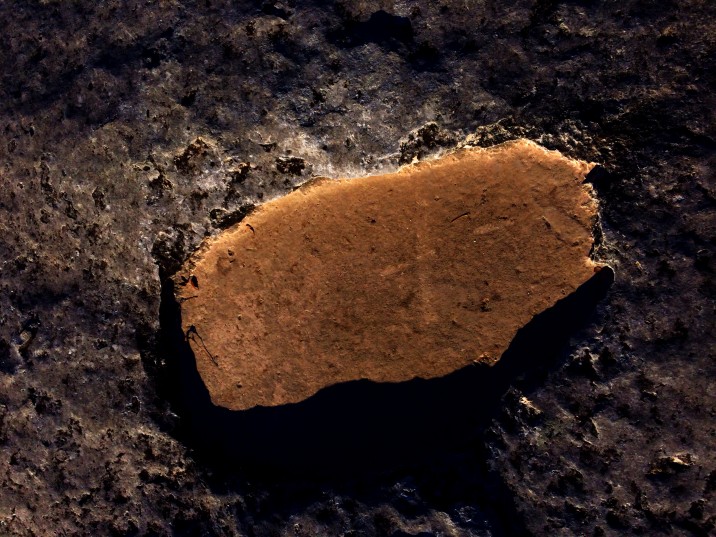
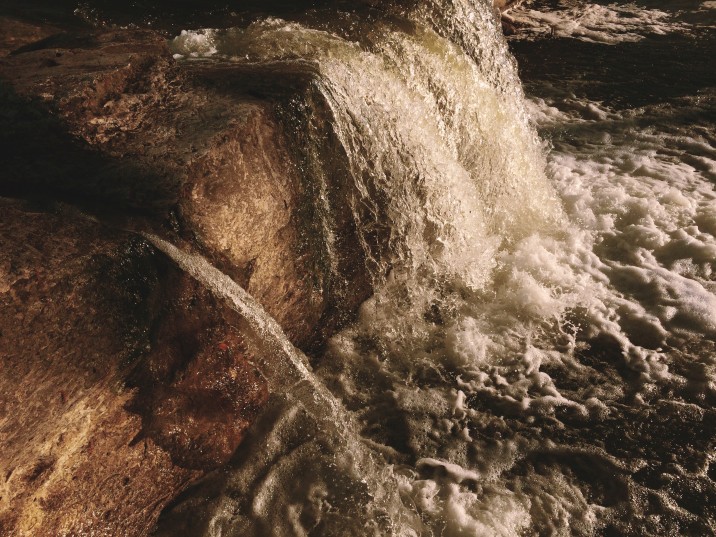
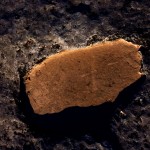
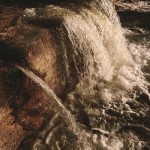
Really enjoy your helpful videos!
The most important question is about capstone length. Generally, we prepare from 30 to 50 pages depending on the definition essay outline topic, its complexity, and the amount of the examined issues. But don’t panic – we’re at your service, so we’ll examine the chosen topic and prepare the project decently.
I really like your blog post very much.
Poly Tarps
nice
Your instructional films are great.
I hope to see more news from you. Thank you so much!